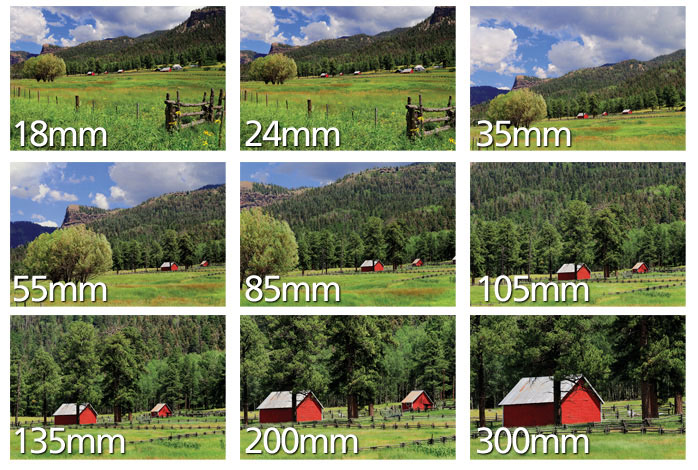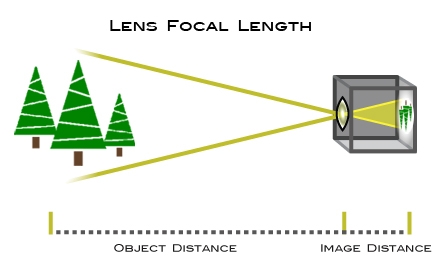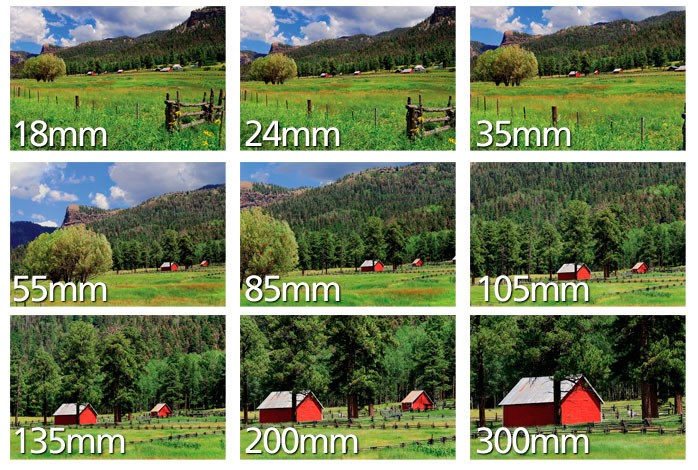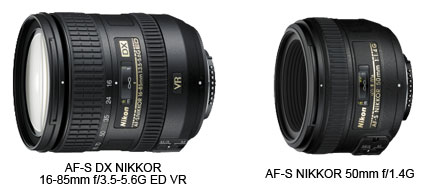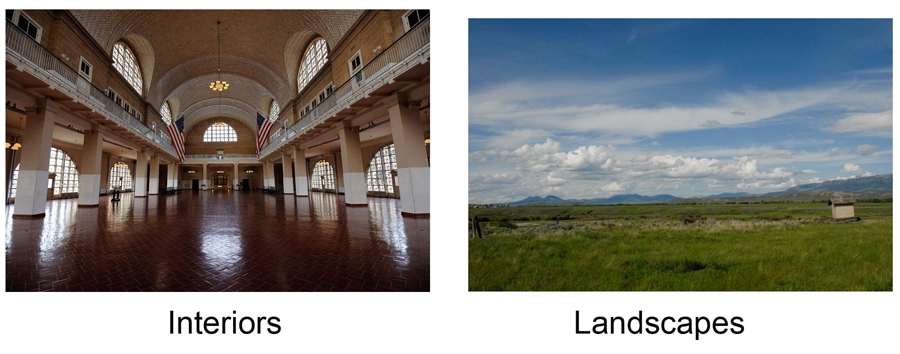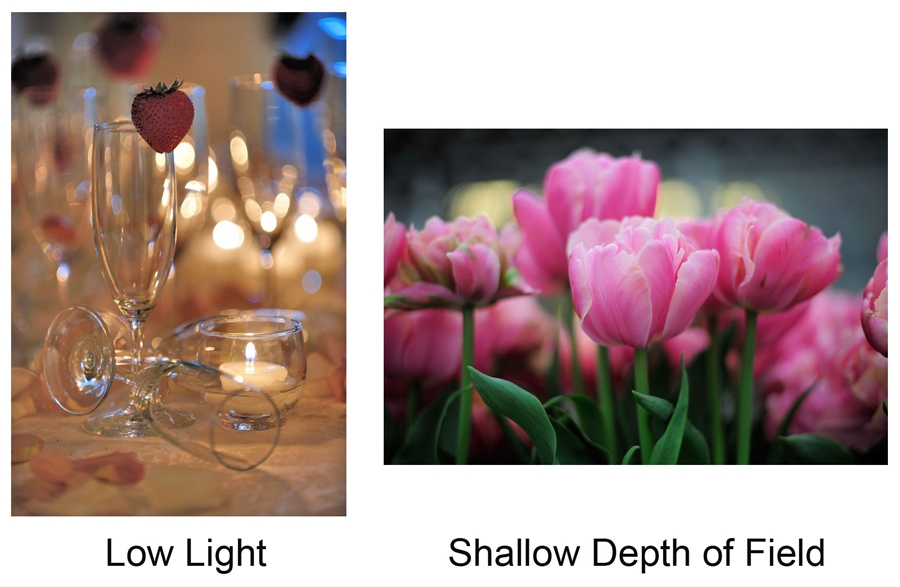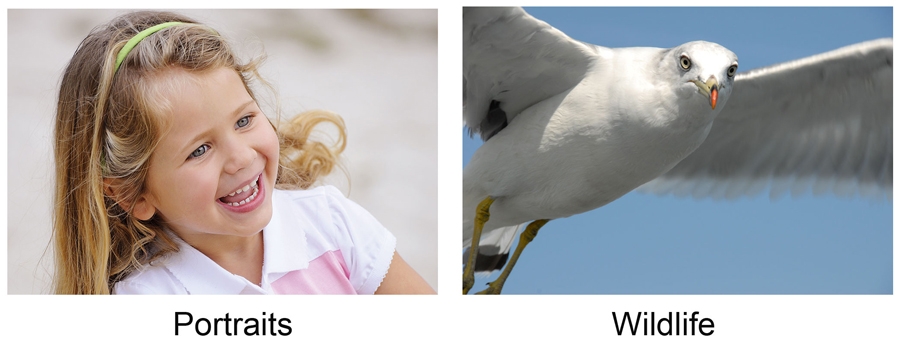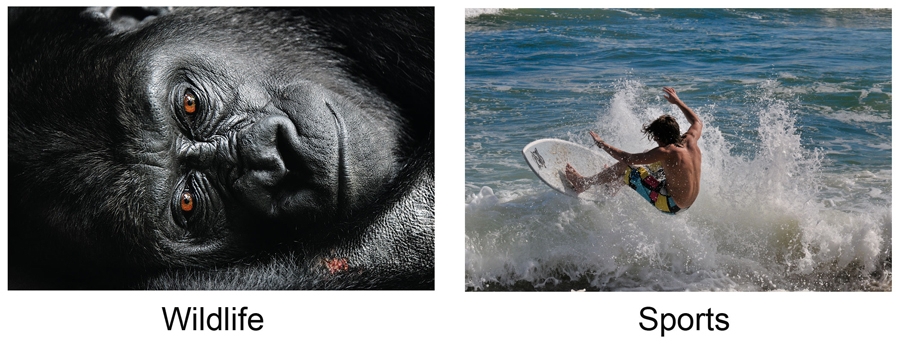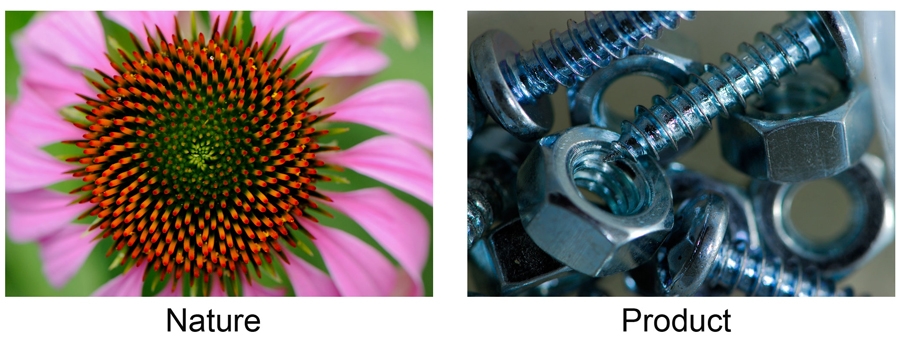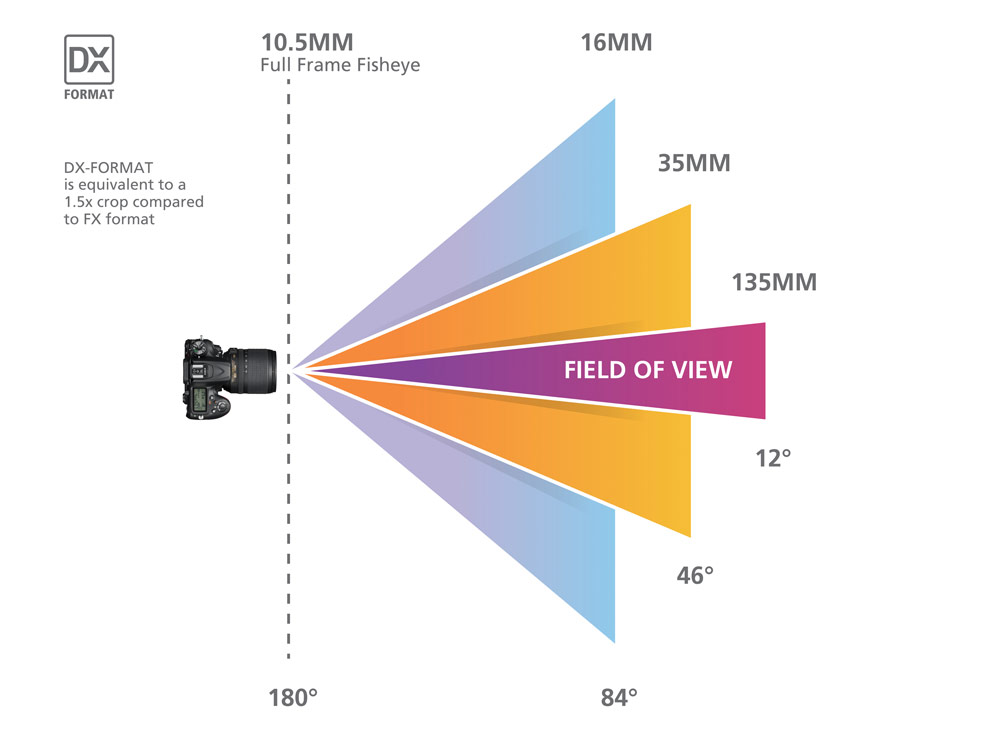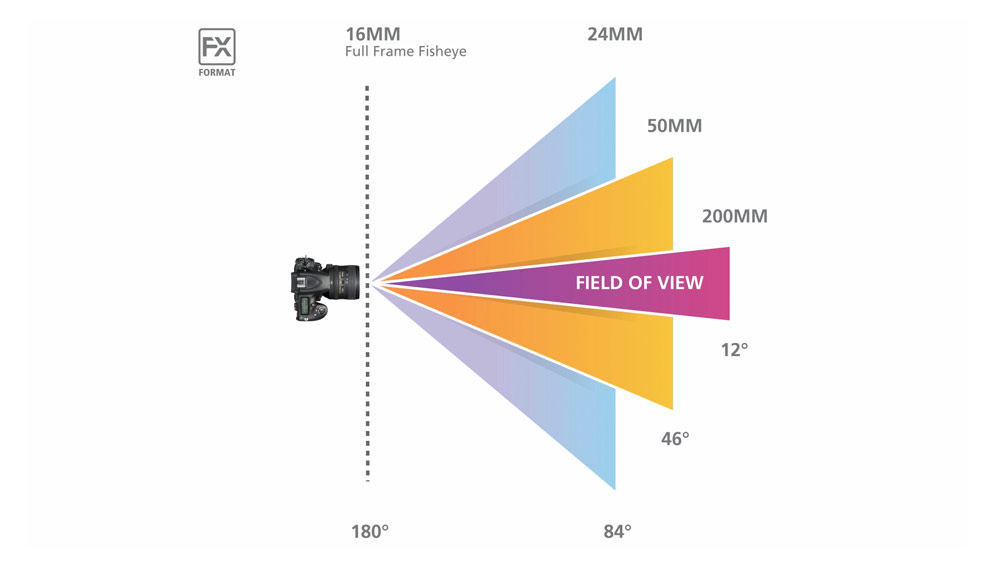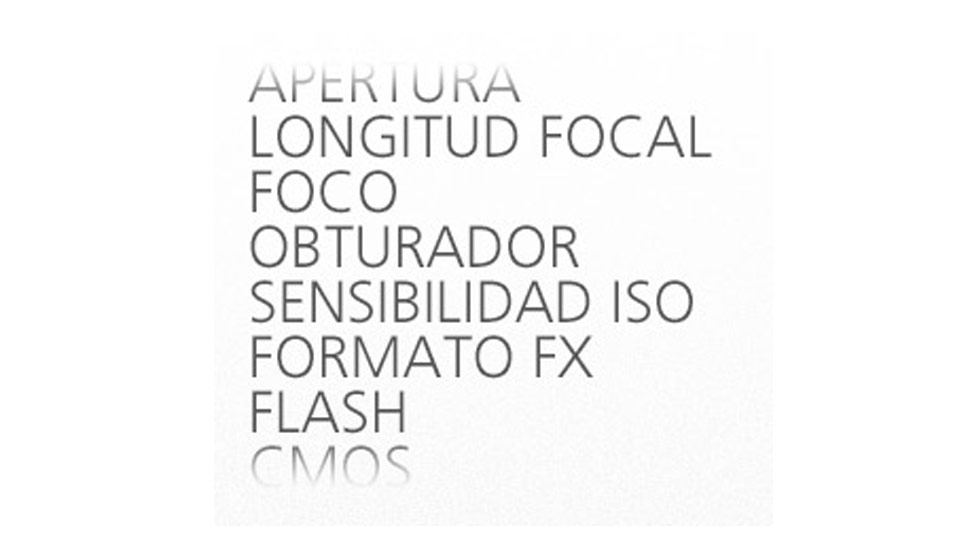Understanding Focal Length
What is Lens Focal Length
Focal length, usually represented in millimeters (mm), is the basic description of a photographic lens. It is not a measurement of the actual length of a lens, but a calculation of an optical distance from the point where light rays converge to form a sharp image of an object to the digital sensor or 35mm film at the focal plane in the camera. The focal length of a lens is determined when the lens is focused at infinity.
Lens focal length tells us the angle of view—how much of the scene will be captured—and the magnification—how large individual elements will be. The longer the focal length, the narrower the angle of view and the higher the magnification. The shorter the focal length, the wider the angle of view and the lower the magnification.
Zoom vs. Prime Lens
There are two types of lenses-prime and zoom. Prime lenses have a fixed focal length and zoom lenses have variable focal lengths.
Zoom Lens Benefits
The advantage of a zoom lens is versatility. They are ideal when you are photographing a variety of subjects such as landscapes and portraits, and you just want one lens for both situations. Using a zoom lens also reduces the number of times you need to change the lens which saves time and limits the possibility of getting dust in the camera's mirror box or on the sensor.Prime Lens Benefits
The main advantages of prime lenses or fixed focal length lenses are their size and weight as well as their maximum aperture or f/stop. Prime lenses tend to be more compact and lightweight than zoom lenses.
Prime lenses also tend to have a larger maximum aperture (f/1.4 to f/2.8). This is an advantage when shooting in low light conditions as it will increase the possibility of hand holding the camera and freezing the subject without shake or blur caused by the longer exposures. Photographing using prime lenses with large apertures also means you can get a shallow depth of field which is useful for portraiture where you might want a softer or blurred background (also known as bokeh).
Lens Focal Length Comparison
Wide-angle Lens
FX format approx. 14 – 35mm / DX format approx. 10 – 24mm
Wide angle lenses are popular lenses for landscape photography, interiors, large group photos and when working in confined situations.
Standard Lens
FX format approx. 50 – 60mm / DX format approx. 35mm
Standard lenses are popular as they are closest to the angle of view we humans see. These lenses have minimal distortion, which can be flattering to the subject. They tend to use large apertures and allow a lot of light to enter the lens which makes them fast in low light conditions. Large apertures (f/1.8 – f/1.4) also produce a pleasing out-of-focus effect to the background which concentrates the attention of the viewer on the subject. Standard lenses are the popular choice for a wide range of photography including portraiture, nature and low light situations where the photographer can not use a flash or is looking to capture the scene with available light.
Telephoto Lens
FX format approx. 70 – 200mm / DX format approx. 55 – 200mm
Telephoto lenses between 70 – 200mm are very popular lenses for portraiture and product photography as well as nature and wildlife imagery. They allow the photographer to produce close crops on the subject. In the case of portraiture a telephoto allows the photographer to take the photo at a distance that does not intrude upon the subject.
Super Telephoto Lens
FX format approx. 300 – 600mm / DX format approx. 200 – 600mm
These lenses provide a good range for wildlife and sports photography where the photographer is limited as to how close they can get to the subject.
Macro Lens
FX format 60mm, 105mm, and 200mm / DX format 85mm
Close-up photography uses a specific range of lenses that allow up to 1:1 reproduction. These lenses allow the photographer to focus very close to the subject and reproduce them at a 1:1 life-size ratio on film or an imaging sensor. These lenses are popular for subjects such as flowers, insects and small products.
Understanding focal length - Watch the video to learn about the focal length of Nikon DSLR lenses.
Field of view of DX format NIKKOR lenses.
Field of view of FX format NIKKOR lenses.

